What if the very idea of acceptance feels like a trap, a surrender to life’s imperfections that we’ve been taught to fight? In a culture that prizes control and achievement, embracing acceptance mindfulness often stirs unease. A recent study from the American Psychological Association found that over 60 percent of adults report anxiety when trying mindfulness practices centered on acceptance, up from previous years as stress levels climb. This isn’t just about sitting still; it’s about confronting the discomfort of letting go. For many middle-aged Americans juggling careers, families, and midlife transitions, acceptance mindfulness promises a quieter path. Yet fear lingers, rooted in misconceptions that it means giving up. As we navigate 2025’s uncertainties, understanding this fear could unlock real freedom.
The Hidden Fears Behind Acceptance
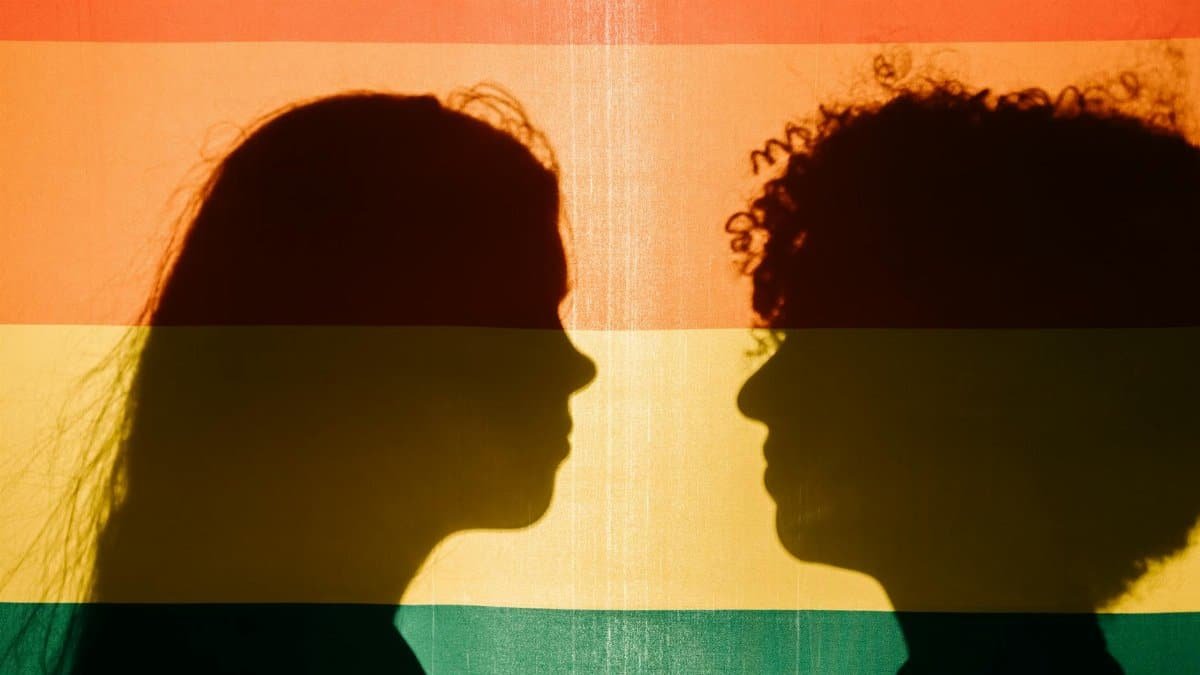
Fear of acceptance doesn’t emerge in a vacuum. It often stems from early experiences where vulnerability felt dangerous. Consider a woman in her forties, recalling how her parents praised only straight-A report cards. Anything less meant failure. Now, as she explores acceptance mindfulness, that old script replays, whispering that accepting flaws equals defeat. Psychologists point to this as a common barrier. Research from the University of California, Berkeley’s Greater Good Science Center highlights how such fears link to perfectionism, which affects nearly half of U.S. adults according to their surveys.
This dynamic plays out in everyday scenarios. One anonymous account shared publicly described a moment of realization during a routine commute: traffic jammed, deadlines loomed, and instead of raging, the person paused to accept the chaos. It felt unnatural at first, like betraying ambition. But over time, it eased the constant inner battle. Experts suggest these fears are evolutionary, wired to avoid perceived weakness. Yet in modern life, they amplify stress. A study published in the Journal of Personality and Social Psychology reinforces this, showing that resistance to acceptance correlates with higher cortisol levels.
Shifting perspective requires unpacking these layers. It’s not about erasing fear but noticing it without judgment. For middle-aged readers facing empty nests or career pivots, this can feel revolutionary. The key lies in recognizing that acceptance isn’t passivity; it’s a strategic pause amid the rush.
Defining Acceptance Mindfulness in Everyday Terms
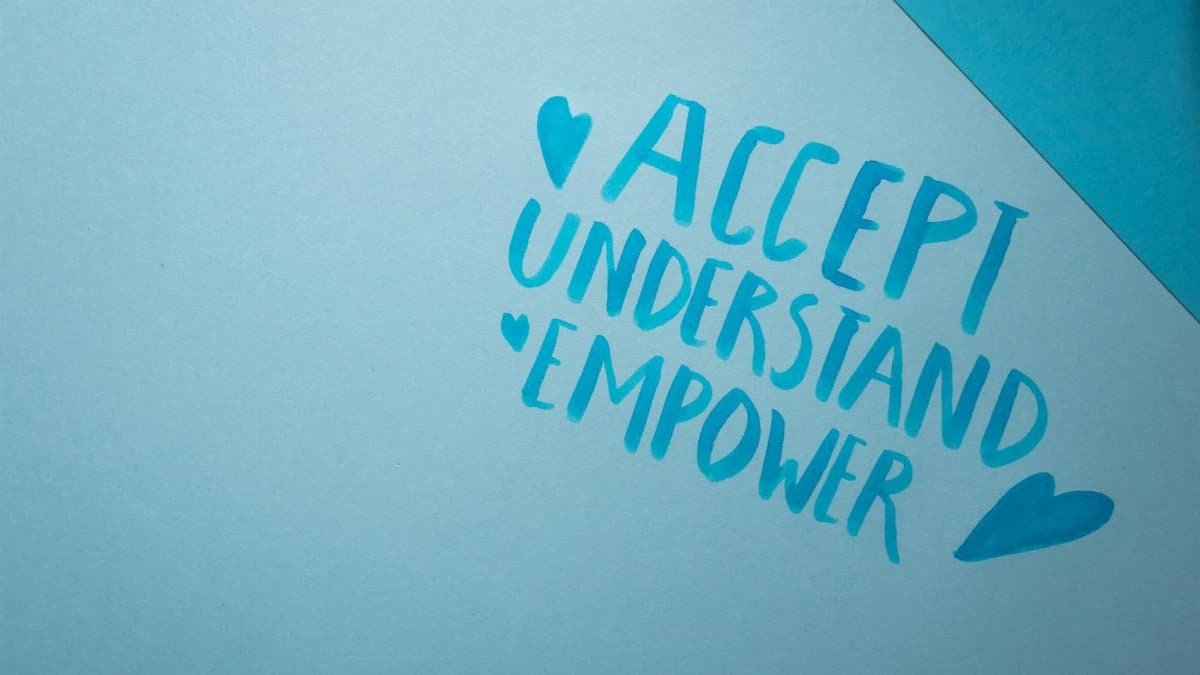
Acceptance mindfulness boils down to observing thoughts and feelings without trying to fix them immediately. It’s a practice drawn from ancient traditions but adapted for today’s fast pace. Think of it as tuning into your internal weather report, acknowledging the storm clouds rather than pretending they’re not there. In the U.S., this concept has gained traction through apps and workplace programs, yet many confuse it with mere positivity.
At its core, acceptance mindfulness involves two pillars: awareness and non-resistance. Awareness means noticing emotions as they arise, like frustration during a heated family dinner. Non-resistance means letting them be, without the urge to suppress or amplify. A report from the National Institutes of Health outlines how this differs from traditional therapy, emphasizing present-moment focus over analysis.National Center for Complementary and Integrative Health provides accessible guides on integrating it into daily routines.
Real-world application makes it tangible. Imagine a man in his fifties, dealing with chronic back pain after years of desk work. Instead of resenting the ache, he practices acceptance, noting it without despair. Over weeks, the pain’s grip loosens, not because it vanishes, but because his relationship to it changes. This isn’t magic; it’s backed by neuroscience showing reduced activity in brain regions tied to emotional reactivity.
How Acceptance Differs from Resignation
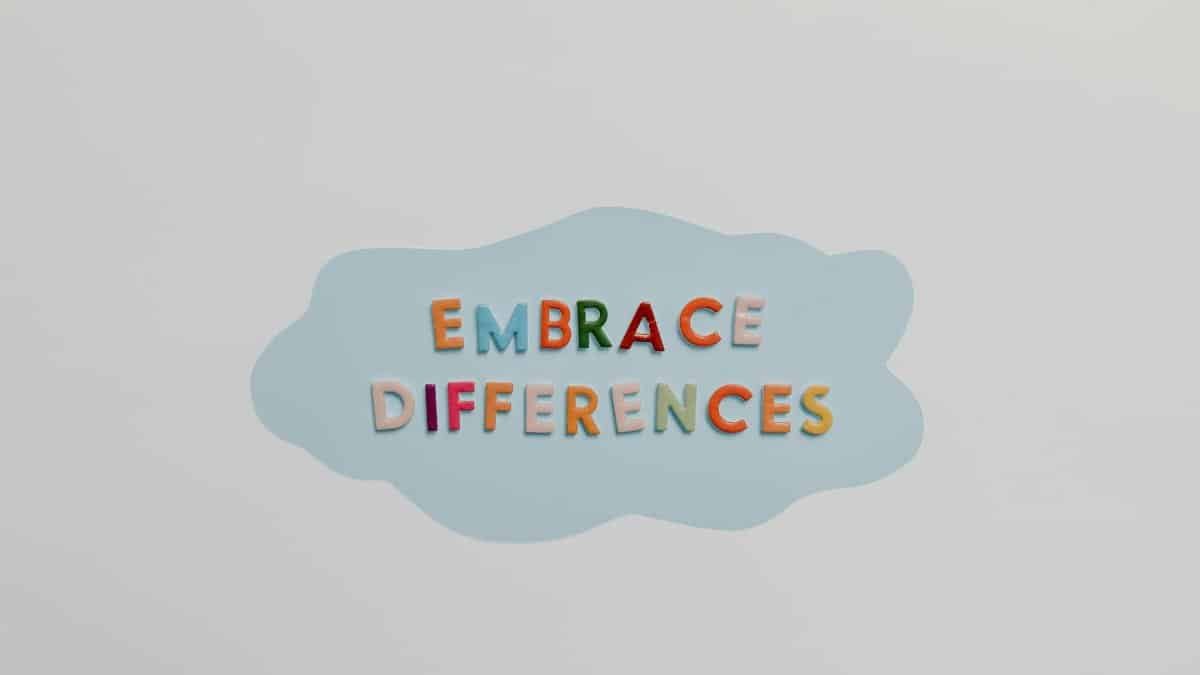
A common mix-up plagues acceptance mindfulness: equating it with throwing in the towel. Resignation implies defeat, a passive slump into “this is how it is.” Acceptance, though, is active. It clears mental space for informed action. Picture a couple navigating midlife marital strains. One partner accepts the current tension, not as permanent, but as a signal to communicate differently. This pivot can transform relationships.
Evidence supports the distinction. A longitudinal study from Harvard University tracked participants practicing mindfulness, finding that those emphasizing acceptance reported greater life satisfaction than those who resigned to circumstances.Harvard T.H. Chan School of Public Health details similar findings in their happiness research archives. It’s about empowerment, not helplessness.
Online discussions often reveal this confusion. One recent personal account described feeling “stuck” after a job loss, mistaking acceptance for quitting the search. Only when reframing it as acknowledging grief while pursuing new opportunities did progress happen. Such stories underscore the nuance: acceptance fuels change, while resignation stalls it.
The Psychological Benefits Backed by Science

Delving into the upsides, acceptance mindfulness offers measurable relief from anxiety and depression. In a nation where mental health challenges affect one in five adults, per CDC data, this practice stands out. It rewires neural pathways, fostering resilience. A meta-analysis in JAMA Psychiatry reviewed dozens of studies, concluding that mindfulness-based interventions reduce symptoms by up to 30 percent.JAMA Psychiatry Journal hosts the full publication for deeper reading.
Beyond numbers, the benefits feel personal. Users report sharper focus amid distractions, like tuning out social media noise during family time. For middle-aged professionals, this means better decision-making under pressure. One illustrative snippet: a teacher overwhelmed by curriculum changes accepted her initial overwhelm, leading to innovative lesson plans rather than burnout.
Tension arises here, too. Some worry it promotes emotional numbness. Yet research counters this, showing enhanced empathy as practitioners become less reactive. In 2025, with rising burnout rates, these gains could reshape workplaces and homes.
Practical Ways to Build the Habit

Starting small transforms acceptance mindfulness from theory to routine. Begin with five-minute sessions: sit quietly, note arising thoughts, and gently accept them. No need for fancy apps, though they help. A simple exercise involves labeling emotions during stressful moments, like “this is frustration,” without judgment.
Incorporate it into daily life. While brewing coffee, accept the grogginess instead of fighting it. Over time, this builds momentum. The American Psychological Association recommends guided meditations, with resources available on their site.American Psychological Association Mindfulness Page offers evidence-based tips.
Challenges emerge, like wandering minds. One anonymized example: a parent juggling remote work accepted distractions from kids, turning potential frustration into playful breaks. Such adaptations make it sustainable. Vary the approach; pair it with walks or journaling for variety.
Acceptance in Relationships and Community

Relationships test acceptance mindfulness most vividly. Accepting a partner’s quirks doesn’t mean ignoring issues; it means engaging without defensiveness. Couples who practice this report fewer conflicts, according to relationship studies from the Gottman Institute. It fosters deeper connections, especially in midlife when roles shift.
Extend it to communities. In diverse U.S. neighborhoods, accepting differing views reduces polarization. Imagine a book club discussion turning heated; acceptance allows space for all voices, enriching the exchange. This communal angle gains relevance in 2025’s divided climate.
Yet it’s not always smooth. Accepting betrayal or loss demands time, blending grief with mindfulness. Stories abound of people emerging stronger, their bonds fortified by this practice.
Overcoming Obstacles and Missteps
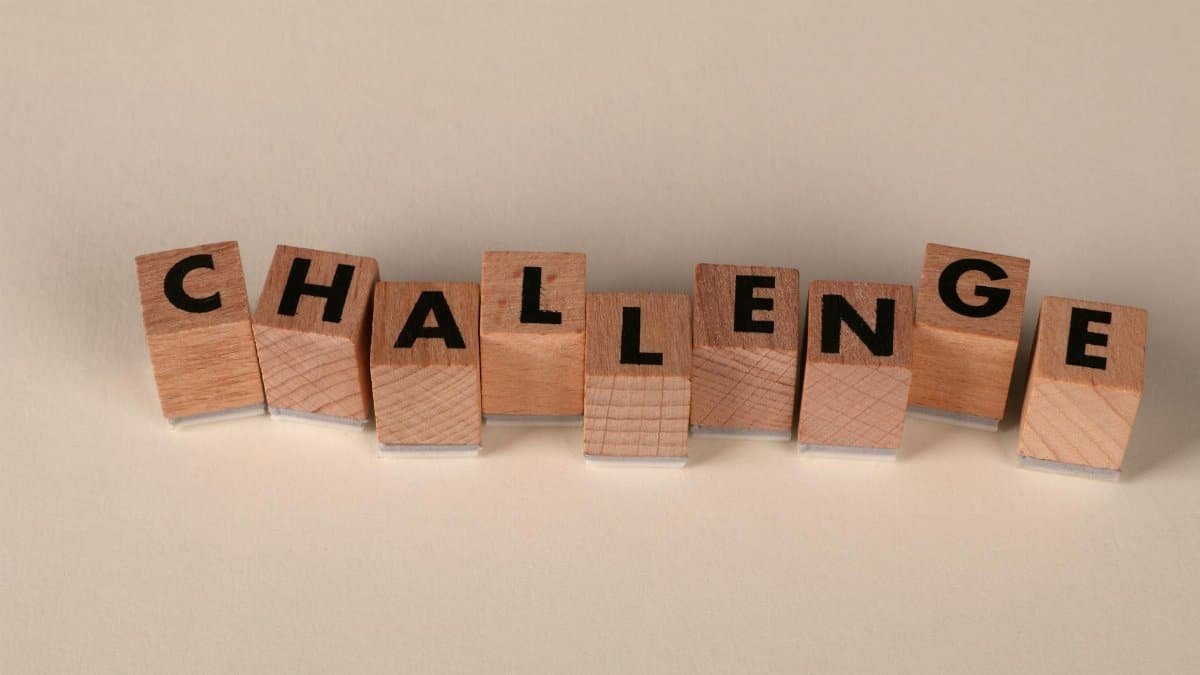
Obstacles abound in embracing acceptance mindfulness. Perfectionists struggle most, fearing it undermines drive. Address this by starting imperfectly; slips are part of the process. Cultural pressures, like the American hustle mentality, compound resistance.
Missteps include forcing acceptance, which backfires. True practice flows naturally. A Pew Research survey notes that urban dwellers face more barriers due to constant stimuli, yet rural areas show higher adoption rates.Pew Research Center on Mental Health explores these trends in detail.
Reflection helps: journal about resistances, uncovering patterns. One person’s journey involved accepting procrastination as a cue for rest, not laziness, leading to productivity boosts.
The Broader Impact on Well-Being
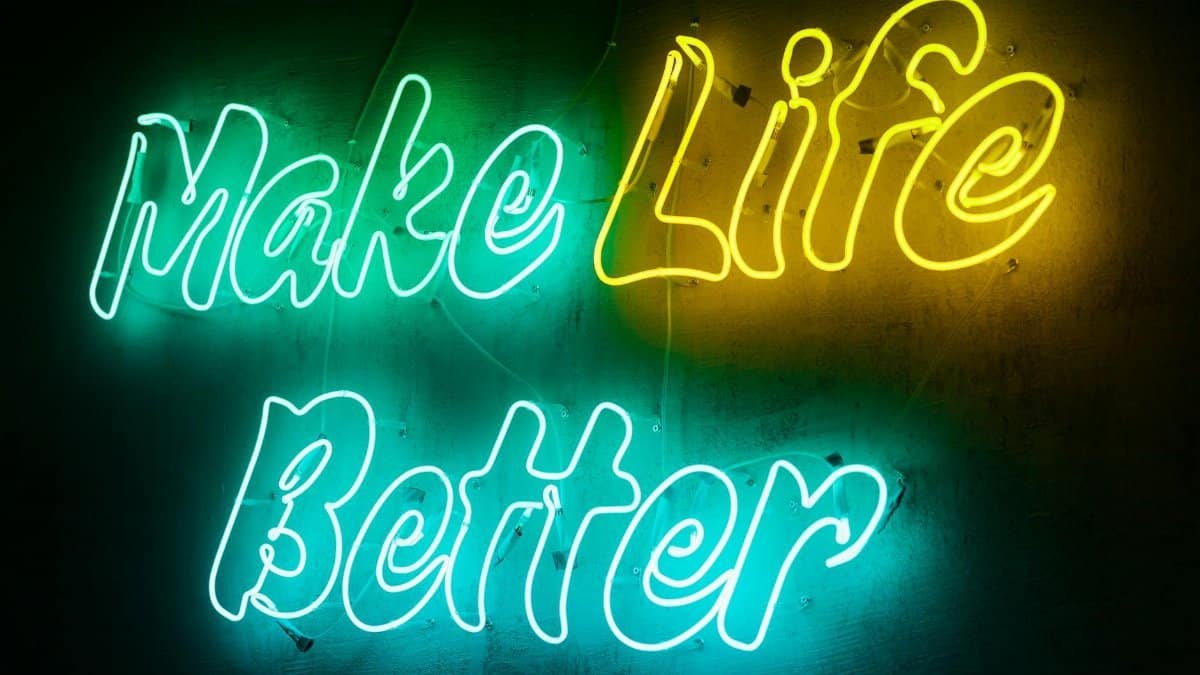
Zooming out, acceptance mindfulness influences overall well-being profoundly. It counters the epidemic of self-criticism, promoting self-compassion. In aging populations, it aids in accepting physical changes, enhancing quality of life.
Integrate it with other habits, like exercise, for compounded effects. A study from the Mayo Clinic links mindfulness to better sleep and reduced inflammation.Mayo Clinic on Mindfulness provides practical insights.
As 2025 unfolds, with economic shifts and tech advancements, this tool equips individuals to thrive amid flux. It’s less about perfection, more about presence.
Looking Ahead Without the Pressure

Finally, acceptance mindfulness isn’t a quick fix but a lifelong ally. It evolves with you, adapting to new chapters. For middle-aged Americans, it offers grace in an unforgiving world. Embrace it gradually, and watch fears dissolve into clarity.
